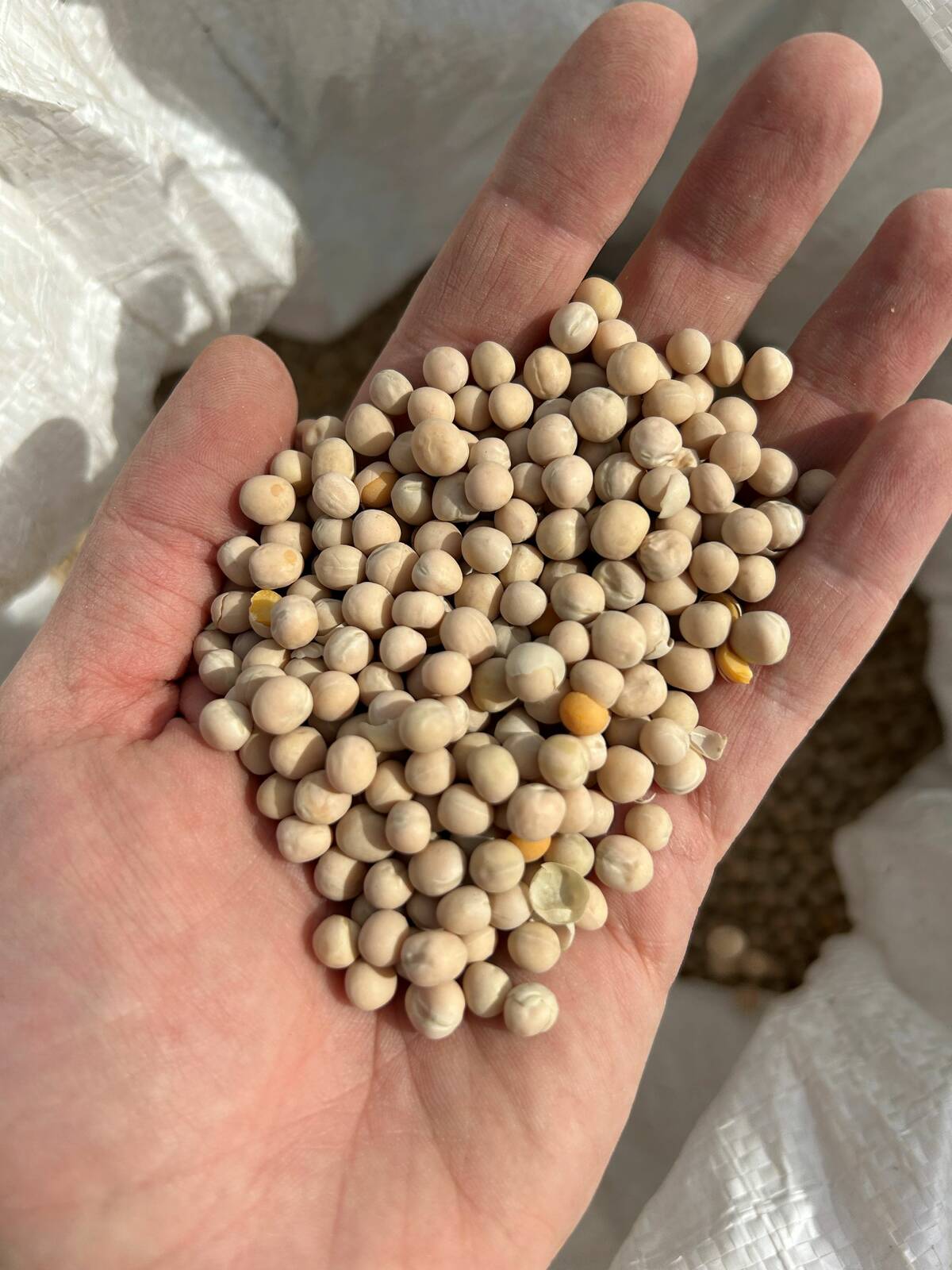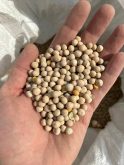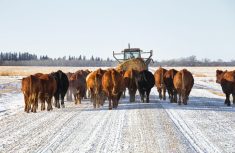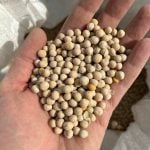Fed cattle values jumped in Canada and the U.S. this past week, which led the feeder market higher on both sides of the border. Alberta packers were buying fed cattle at $153.50 per hundredweight (cwt), up from $150/cwt earlier in June.
Cattle trade in the U.S. Southern Plains occurred in the range of $154-$155/cwt, up $4-$5/cwt from seven days earlier and an all-time record high. The U.S. slaughter pace is running six per cent behind year-ago levels and stronger retail and restaurant demand has been driving wholesale beef prices higher. Canadian exports to the U.S. of fresh or chilled beef cuts are running 14 per cent above last year, given stronger demand from the U.S. consumptive market.
Read Also

Pulse Weekly: No upside for peas until after New Year
Prices for green and yellow peas have dropped back across the Prairies over the last week. One of the major downward drivers was the Statistics Canada production report released earlier this month, said Levon Sargsyan of Johnston’s Grain in Calgary.
Limited volumes have characterized western Canadian auction marts and this will likely continue through July. Therefore, feedlot managers are watching U.S. values with hesitation and shock because prices have surpassed even the wildest projections.
The U.S. Department of Agriculture reported at Bassett, Nebraska, 500- to 515-pound steers sold as high as $310/cwt. In central Alberta, feeder steers weighing 700 to 750 lbs. traded at $233/cwt; 750- to 800-lb. steers were averaging $224/cwt. In southern Alberta, smaller groups of 800- to 850-lb. steers with no special feature were quoted in the range of $210-$225/cwt.
The jump in fed cattle has reinforced expectations for feeding margins for the fall and winter period. The industry is projecting a sharper year-over-year decline in fourth-quarter beef production and with the economy running on all cylinders, there is potential for additional strength in the fed cattle market.
When a market trades in a range for a long period of time and then breaks out of the range, there is potential for another sizeable leg higher. Crop conditions remain favourable across the Prairies but Statistics Canada trimmed barley acreage on Friday’s report. [Related story]
However, greenhouse growing conditions have been prevalent across the Midwest, which has U.S. feedlots factoring in lower corn prices. Indeed, one has to jump ahead of the game with analysis for confidence purchasing feeders at these levels.
– Jerry Klassen is a commodity market analyst in Winnipeg and maintains an interest in the family feedlot in southern Alberta. He writes an in-depth biweekly commentary, Canadian Feedlot and Cattle Market Analysis, for feedlot operators in Canada. He can be reached by email at [email protected] for questions or comments.















